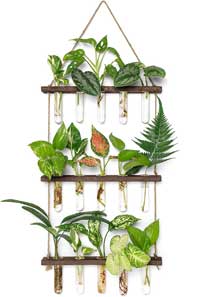Many people with pets ask, “Are spider plants poisonous to cats?” Well, good news! The ASPCA reports that spider plants (Chlorophytum Comosum) are non-toxic to both cats and dogs.

Are Spider Plants Poisonous to Cats?
The National Capital Poison Center also states that spider plants are non-poisonous, along with other common houseplants such as African violets, jade plants and dracaena.
Note: However, they do warn that other air-cleaning indoor plants like philodendrons and peace lilies are poisonous. Better Hames and Gardens provides a list of toxic houseplants that people should be aware of.
It’s always smart to do your research and not just assume that the beautiful houseplant that you pick up at your local nursery won’t hurt anyone.
What Happens When a Cat Eats Spider Plant Leaves?
Even though spider plants are not poisonous to cats, they are not meant to be eaten. That doesn’t mean, however, that cats won’t eat them. In fact many of them do.
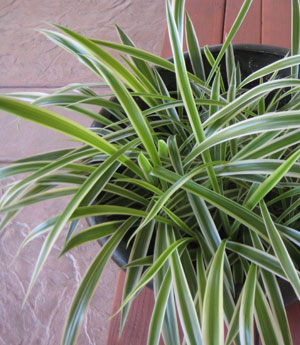
Sometimes cats can get stomach discomfort, indigestion or even vomiting if they happen to eat a significant amount of spider plant leaves (come to think of it, I probably would too). Here’s what cat owners say about what happens when their cats eat spider plants.
VCA Animal Hospitals confirm that spider plants are non-poisonous to houseplants. However, they so state that Spider Mums are poisonous. The similar plant name may explain the confusion, although they are two entirely different species.
Are Cats Hazardous to Spider Plants?
Rather than asking, “Are spider plants poisonous to cats?” a better question to ask may be, “Is your cat hazardous to your spider plant?”. LOL.
According to GardeningKnowHow.com, cats are actually attracted to spider plants more than other houseplants because they are mildly hallucinogenic. This harmless effect is similar to that of catnip. That said, it is nothing to worry about, except for maybe your plant.
If you find your spider plant in shreds, with leaves missing or bite marks, it’s time to hang your houseplant up high. Your spider plant will thank you. Try a hanging plant shelf or a 3-tier plant hanger for spider plants.
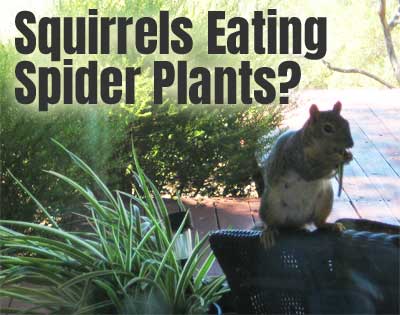
One morning, I noticed several spider plant leaves shredded on the ground with evidence of chew bites. And guess what? I don’t have a cat.
Can Squirrels Eat Spider Plants?
Apparently, they can. At least mine do. In fact, I have one squirrel that feasts on both the leaves and spider plant babies. Who knew spider plants tasted so good?

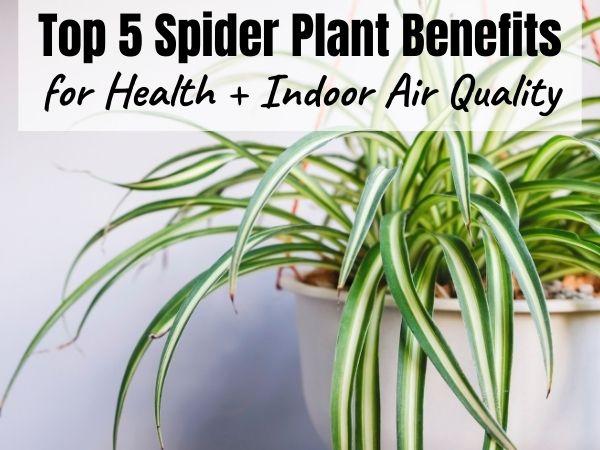
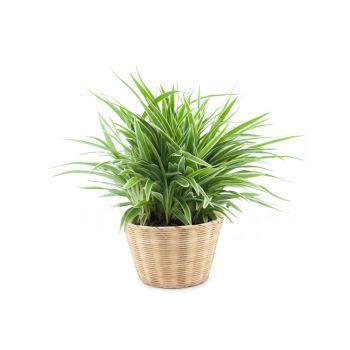
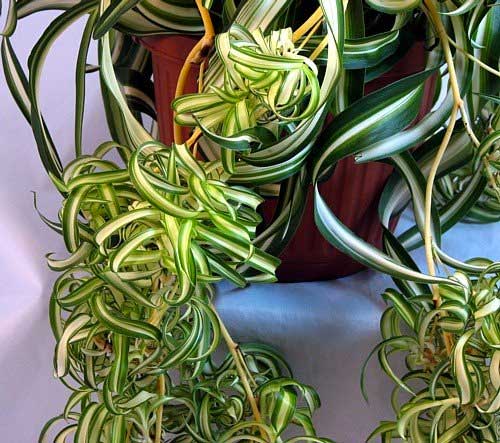
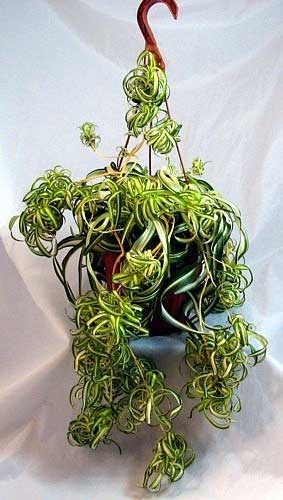
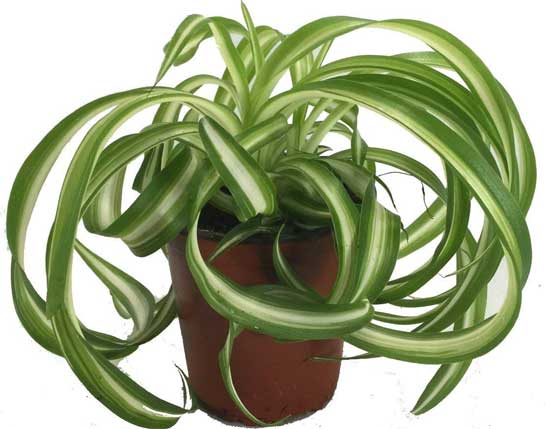
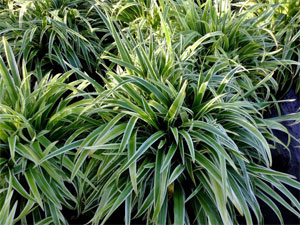 Alternatively, you can transplant your new plant into a larger pot or add it to an existing garden. Let it take its time in growing new plants.
Alternatively, you can transplant your new plant into a larger pot or add it to an existing garden. Let it take its time in growing new plants.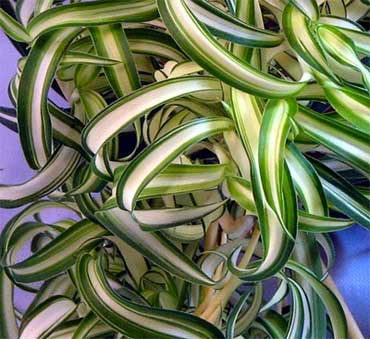 That said, they do prefer bright, indirect light. Therefore, if you keep them indoors, make sure you place them by a window or under artificial light.
That said, they do prefer bright, indirect light. Therefore, if you keep them indoors, make sure you place them by a window or under artificial light.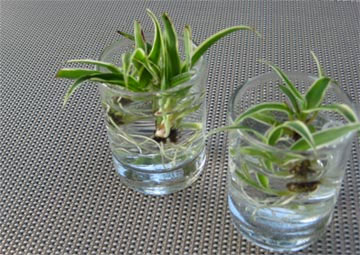 If you want to know how to propagate curly leaf spider plant, the process is simple. In fact, you do the exact same steps as you would with the regular variety.
If you want to know how to propagate curly leaf spider plant, the process is simple. In fact, you do the exact same steps as you would with the regular variety.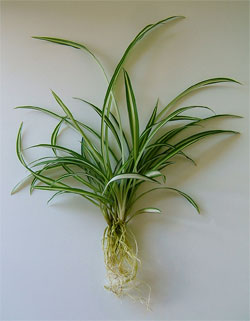 Step 2: Next, let the roots of the spider plant baby sit in the bowl of water for about a week. You’ll notice that the roots grow significantly
Step 2: Next, let the roots of the spider plant baby sit in the bowl of water for about a week. You’ll notice that the roots grow significantly